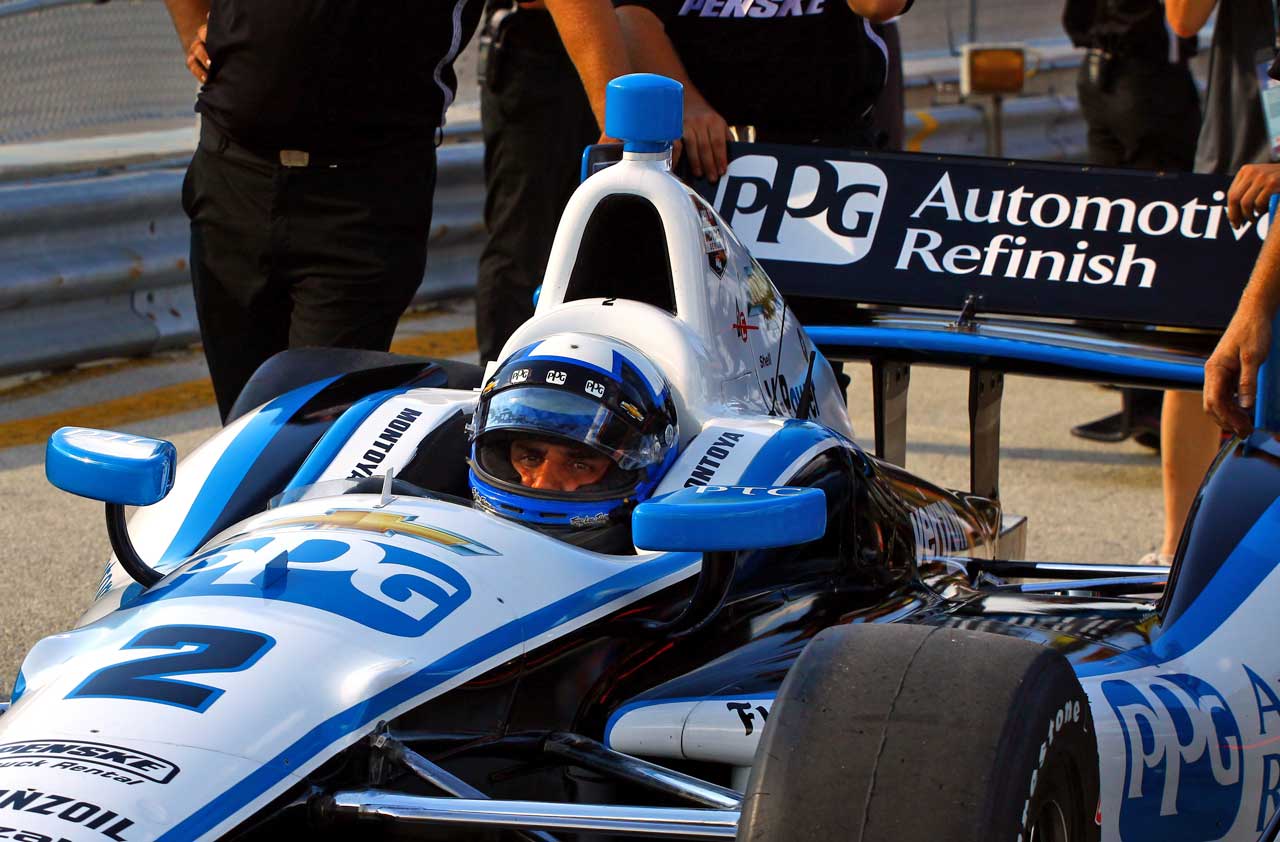PPG Stock: A Great Dividend Investment for Retirees
The maker of paints and coatings has reliably paid out dividends to investors for more than a century.


If you’re a dividend hound, you probably won’t be wowed by PPG Industries (symbol PPG, $103.92). Paying at an annual rate of $1.39 per share, PPG’s stock yields a modest 1.4%, well below the 2.1% yield of Standard & Poor’s 500-stock index. Yet PPG is one of only 52 companies in the S&P 500 that has raised its dividend annually for at least 25 years. In fact, the company hasn’t missed a payment in 116 years. And with the business growing steadily, the stock has potential to climb, too.
Once known as Pittsburgh Plate Glass, PPG churns out paints and specialized “coatings” used in everything from household appliances to passenger jets. A decade ago, PPG also made chemicals and glass products, but it has sold most of those businesses and bought dozens of others, focusing on the more profitable market for coatings. PPG snapped up Akzo Nobel’s North American paint business in 2013 and added Mexican paint maker Comex last year to expand into Latin America. All told, coatings now account for 93% of its business, up from 55% in 2005. Wall Street expects earnings per share to hit $5.73 this year, up 18% from 2014. Analysts on average expect profits to jump by 14% next year.
As an industrial company, PPG has its ups and downs. Sales rise and fall with economic cycles, and a slowdown in areas such as construction and housing would shrink demand for its products. Raw materials are cheap now but could dent the bottom line if costs go up in the future. Another headwind is the strengthening dollar, which makes profits earned in foreign currencies worth less when converted to greenbacks. PPG derives more than half of its sales in foreign markets; if the dollar climbs further, earnings growth could come down.

Sign up for Kiplinger’s Free E-Newsletters
Profit and prosper with the best of expert advice on investing, taxes, retirement, personal finance and more - straight to your e-mail.
Profit and prosper with the best of expert advice - straight to your e-mail.
Still, PPG’s leading technology and other strengths should keep competitors at bay and boost profits in the long run. The company has strong relationships with key customers, such as Boeing (BA) and Airbus (EADSY), and it looks well-positioned to benefit from growth in the aerospace industry, says RBC Capital Markets analyst Arun Viswanathan. Sales to the auto industry are another bright spot, with low gas prices fueling demand for cars and automotive parts.
PPG is also solidly profitable and generates plenty of free cash flow (earnings plus depreciation and other noncash charges, less capital spending). Analysts expect PPG to generate free cash flow this year of $4.92 per share and $5.59 in 2016. That’s plenty of leftover cash that can be used to buy back stock, make acquisitions and pay a larger dividend. If history is any guide, PPG will use its money wisely, driving the share price higher. Including dividends, the stock has generated an annualized total return of 13.6% over the past decade, beating the S&P 500 by an average of 5.9 percentage points a year.
Get Kiplinger Today newsletter — free
Profit and prosper with the best of Kiplinger's advice on investing, taxes, retirement, personal finance and much more. Delivered daily. Enter your email in the box and click Sign Me Up.

-
 Stock Market Today: Stocks Struggle Amid Tariff Uncertainty
Stock Market Today: Stocks Struggle Amid Tariff UncertaintyBoeing dropped after China suspended new aircraft orders, while Bank of America and Citi climbed on earnings beats.
By Karee Venema
-
 Starbucks 2025 Dress Code Changes: See the New Look
Starbucks 2025 Dress Code Changes: See the New LookThe 2025 Starbucks dress code change features a uniformed look as part of creating a more familiar and friendly cafe experience.
By Sean Jackson
-
 Stock Market Today: Stocks Struggle Amid Tariff Uncertainty
Stock Market Today: Stocks Struggle Amid Tariff UncertaintyBoeing dropped after China suspended new aircraft orders, while Bank of America and Citi climbed on earnings beats.
By Karee Venema
-
 Stock Market Today: Stocks Gain on Tech, Auto Tariff Talk
Stock Market Today: Stocks Gain on Tech, Auto Tariff TalkThe Trump administration said late Friday that it will temporarily halt tariffs on some Chinese tech imports.
By Karee Venema
-
 Stock Market Today: Stocks Surge to Close a Volatile Week
Stock Market Today: Stocks Surge to Close a Volatile WeekIt was another day with a week's worth of both news and price action, but it ended on a strongly positive note.
By David Dittman
-
 Stock Market Today: Uncertainty Proliferates: Dow Loses 1,014 Points
Stock Market Today: Uncertainty Proliferates: Dow Loses 1,014 PointsWeaker-than-expected consumer inflation data wasn't enough to stabilize sentiment during another volatile day for financial markets.
By David Dittman
-
 Stock Market Today: Tariff Pause Triggers 3,000-Point Dow Rally
Stock Market Today: Tariff Pause Triggers 3,000-Point Dow RallyThe bond market is sending concerning signals as the Trump administration executes its rapid reordering of global trade relationships.
By David Dittman
-
 Stock Market Today: Tariff Talks Drive Another Up-and-Down Day
Stock Market Today: Tariff Talks Drive Another Up-and-Down DayTrade war negotiations are happening, but the "fear gauge" is gyrating, and investors, traders and speculators are still searching for signs of a bottom.
By David Dittman
-
 Stock Market Today: Trump Pushes Dow Into 2,600-Point Swing
Stock Market Today: Trump Pushes Dow Into 2,600-Point SwingTariffs and trade war weigh on prices across global financial markets, with little light at the end of the tunnel.
By David Dittman
-
 Stock Market Today: Dow Drops Another 2,231 Points to Hit a Correction
Stock Market Today: Dow Drops Another 2,231 Points to Hit a CorrectionThe Nasdaq Composite, meanwhile, entered a new bear market with its latest slide.
By Karee Venema